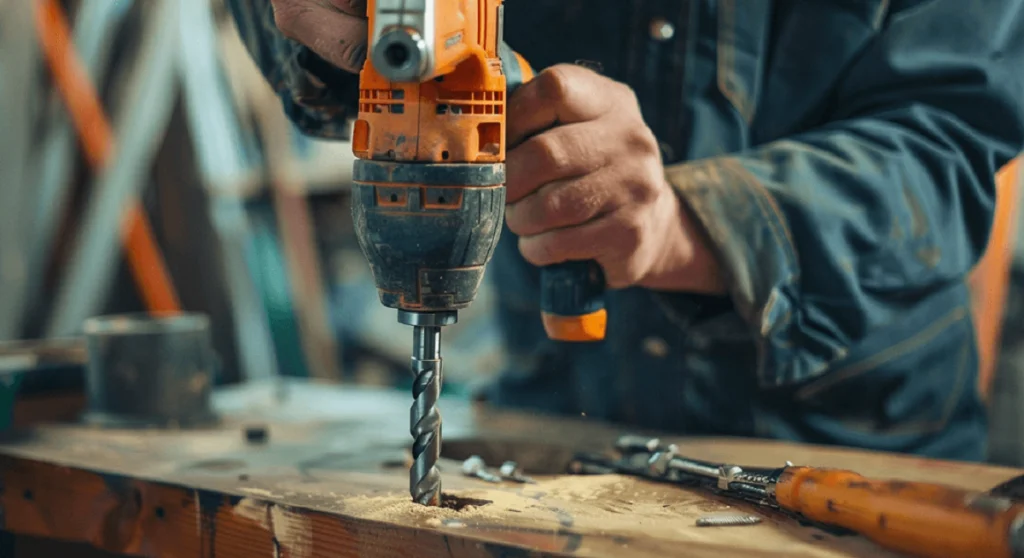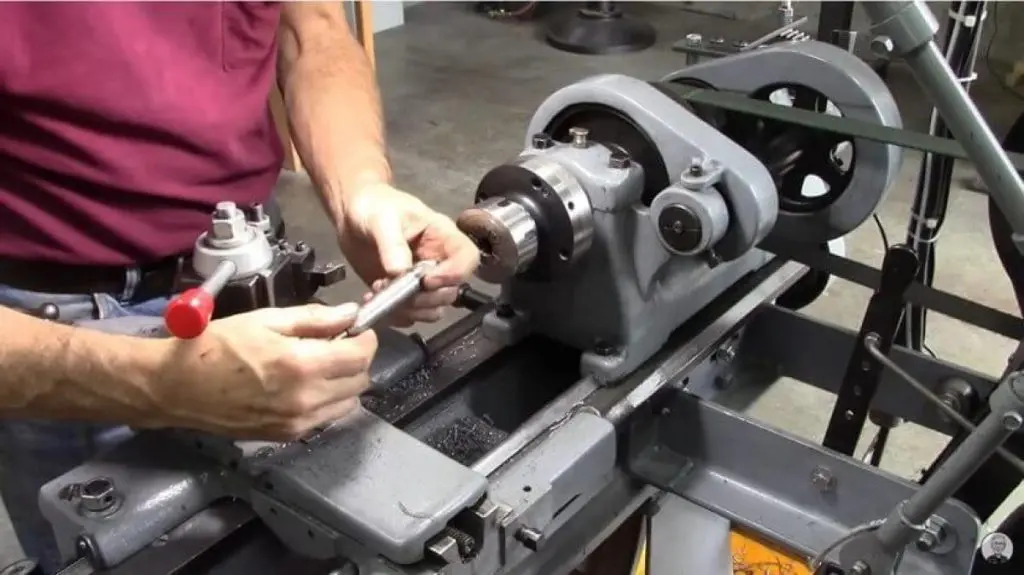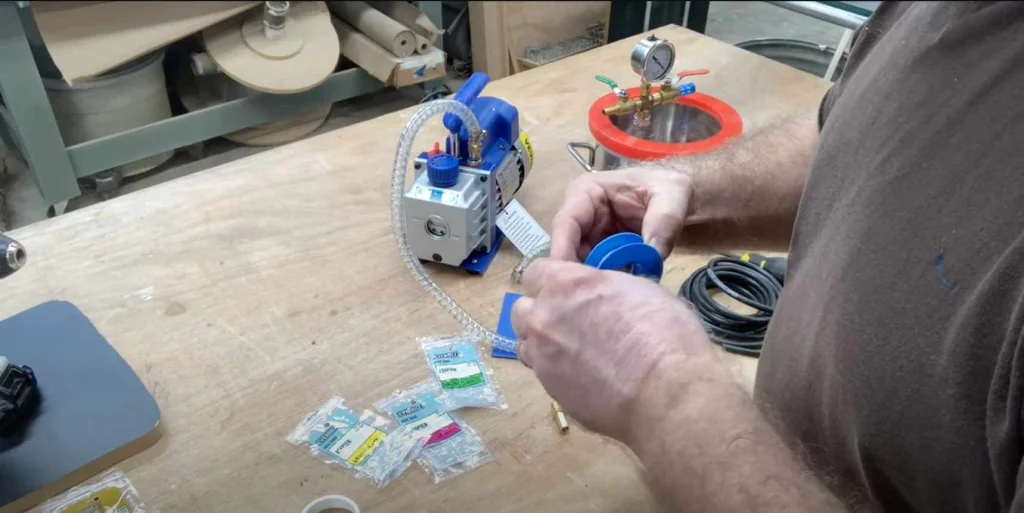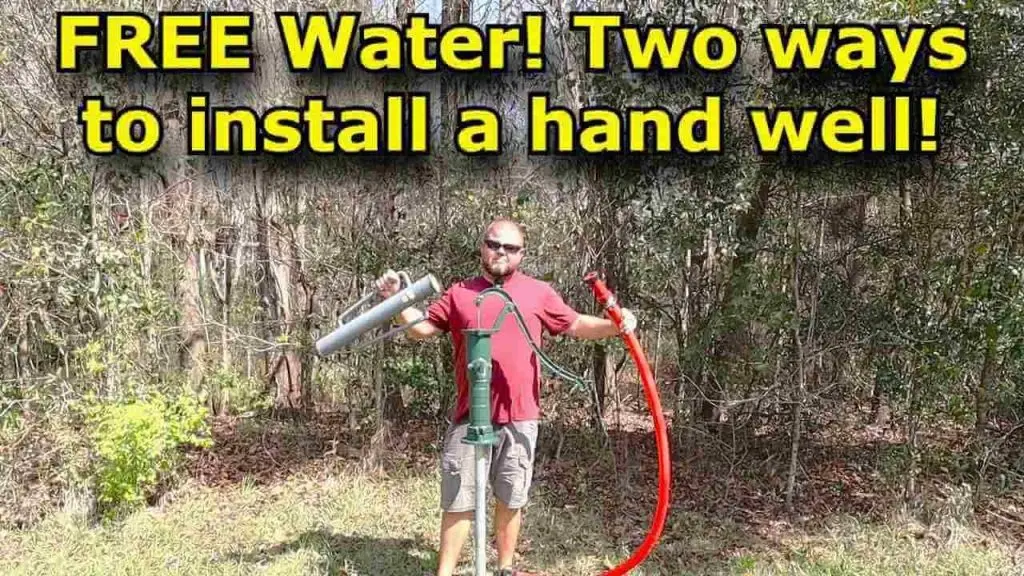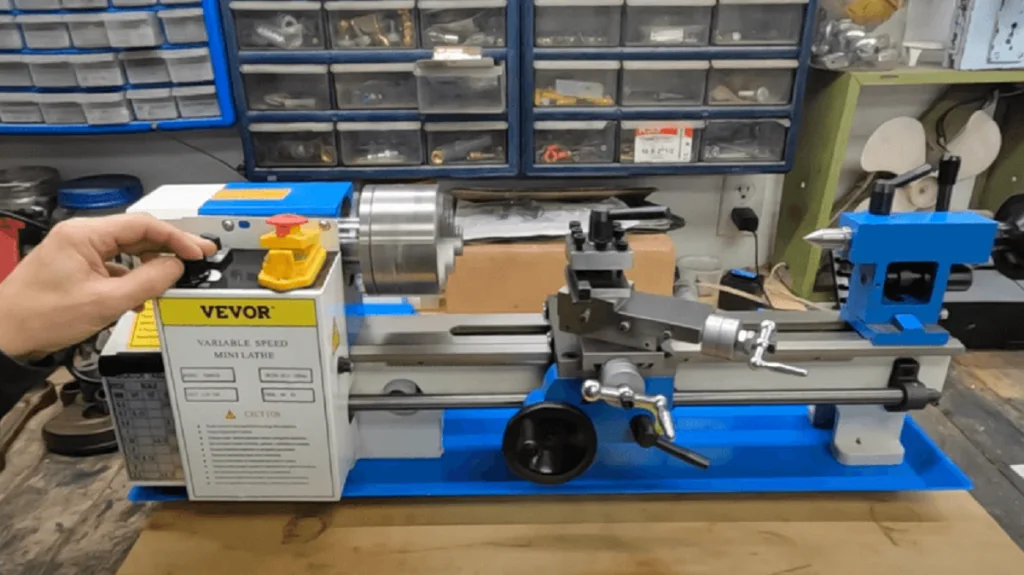If you need to drill holes into metal, then mag drilling is something that you need to be familiar with. That said, mag drilling requires the right kind of drill, a mag drill. However, there are various types of mag drills out there, each of which has its own unique features, with the VEVOR Mag Drill being one of the best in its class. Today, we’re here to guide you on choosing the right mag drill, providing you with all of the most important considerations to keep in mind when choosing such a tool.
Table of contents
What is the Purpose of Mag Drilling?
Magnetic drilling is often called mag drilling, with the main purpose being to drill holes into metal. These drills use a magnetic base that holds the drill directly on the workpiece, which allows for very efficient and precise drilling due to the stability and hold that they provide.
The magnetic base helps to minimize vibrations, as it holds the drill directly to the workpiece, making for very precise holes every time.
Mag drills are often used in workshops, on construction sites, and in other places where drilling through metal is required. If drilling through steel and various other metals with speed and efficiency is required, whether in construction, manufacturing, or even for home use, then it’s a good mag drill that you need.
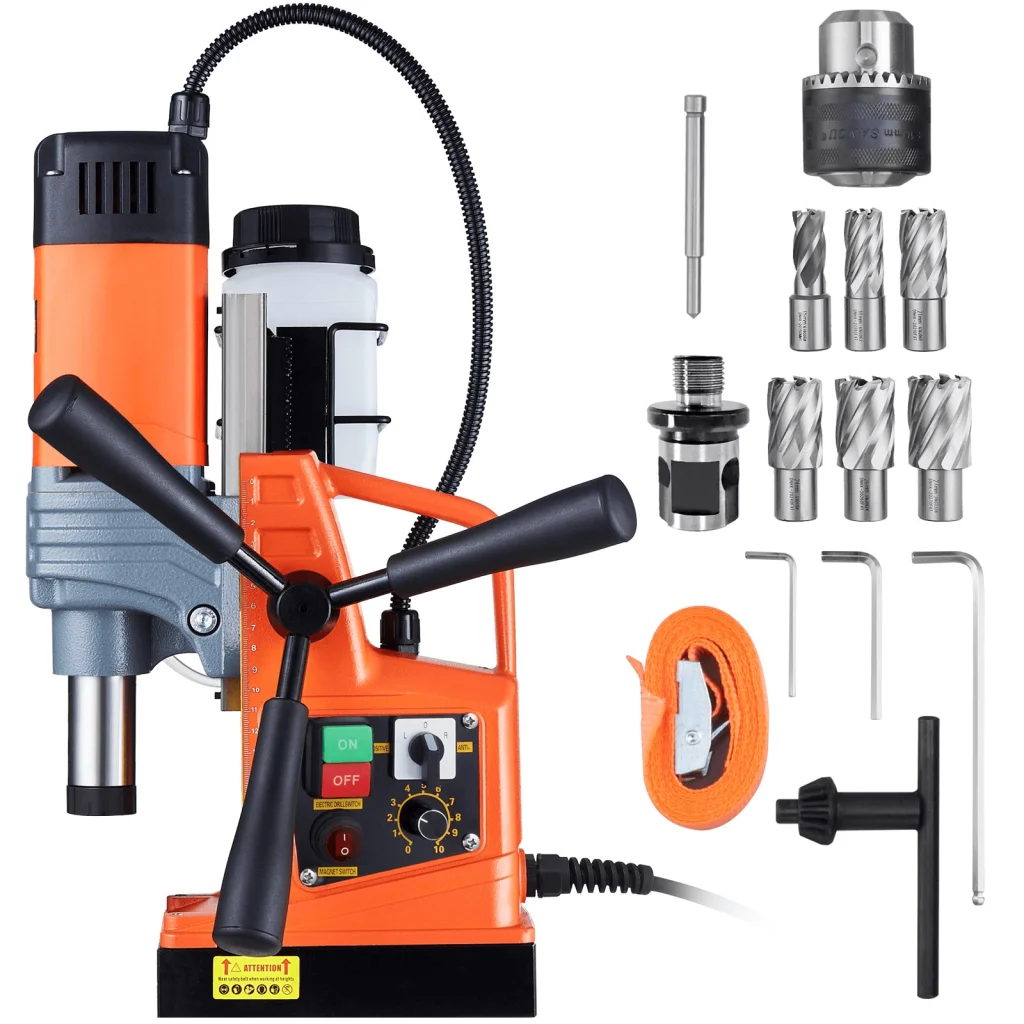
Understanding the Different Types of Mag Drills
Before you can choose a mag drill, it’s important that you know what all of the different types of magnetic drills are, and what they excel at. Let’s take a look at the three main types of magnetic drills.
Electromagnetic Mag Drills
Electromagnetic drills, as the name implies, use a magnet that is powered by an electric motor to attach themselves to the metal workpieces. Electricity activates the magnet, which holds the drill in place until the magnet is electrically deactivated.
This is by far the most commonly used type, and is especially trusted for its overall reliability and strength. This type of mag drill is especially useful for metals that contain iron, as the magnetic base can get a good hold. For indoor environments and anywhere else electricity is available, the electromagnetic drill is the most popular.
Pneumatic Mag Drills
Rather than using electricity, pneumatic mag drills use pneumatic power, or in other words, compressed air to attach themselves to the workpiece below. This type of mag drill is ideal for use in places where electricity is not available, as well as in conditions where there is a risk of explosion.
They’re much safer to use in dangerous environments than the electromagnetic variety thanks to not having electrical components. They are very safe, and another benefit is that they’re also very portable, although they don’t have quite as much power as the electromagnetic variety.
Hydraulic Mag Drills
Finally, we have the hydraulic mag drill, which uses full-fledged hydraulic systems to attach themselves to the piece being worked on.
Now, this is a type of mag drill that you likely won’t ever use at home, as they’re most commonly used for heavy industry and large construction projects. That said, they are suitable for heavy-duty use.
They can easily drill through thick materials and provide consistent power and output. They’re not overly portable due to requiring access to a hydraulic unit, but they are also by far the most powerful of the three types of magnetic drills.

Important Considerations When Choosing a Mag Drill
As mentioned previously, when you are choosing a mag drill, there are a few different considerations that you need to keep in mind if you expect to make the right choice. Let’s find out everything there is to know about choosing the right mag drill.
Motor Power
Perhaps one of the most important considerations when choosing a mag drill is the motor power, as this determines how strong and efficient the mag drill in question is.
The higher powered the motor is, the thicker of materials the mag drill in question can drill through, and the faster it will be able to do so.
When you are choosing a mag drill, keep in mind the types of materials you’ll be drilling through, and select a motor based on this. For lighter tasks, a 600- or 800-watt motor will do just fine, but if you need a mag drill to perform as good as can be, then a 1200-watt model is called for.
Drill Speed
Another important consideration is the drill speed of the mag drill in question. How fast the drill moves can directly affect the quality of the holes being drilled.
For the record, high-speed drilling is best for large holes and hard materials, whereas lower speeds are best for softer material for drilling smaller holes.
Generally speaking, a mag drill that features an adjustable speed function is best, as this will allow you to accommodate various tasks.
Magnetic Power
The defining feature of a mag drill is that it uses a magnet to hold itself on the material being drilled. Therefore, how powerful this magnet is needs to be considered, because the more powerful the magnet in question, the stronger the hold, and the fewer vibrations will be.
This also has to do with safety, because ensuring that the drill stays securely in place helps prevent accidents from occurring. Therefore, always consider the materials you will be drilling before making a choice. If you are doing heavy-duty drilling, you need a magnetic force of at least 2,000 pounds, if not higher.
Size, Weight, and Portability
Yes, here is the classic tradeoff that everybody dreads, size for power. Magnetic drills come in all sorts of shapes and sizes, with larger models being far more powerful, but also much less portable. Therefore, you have a bit of a choice to make here.
Do you want a mag drill that is small, portable, and can easily fit into tight spaces and be brought to job sites, or do you want something much less portable and more stationary, but also far more powerful and capable of drilling into larger and thicker materials. Always consider your own needs on this front before making a choice.

Cost
Cost is of course always a deciding factor whenever we buy anything, because let’s face it, the majority of us have to adhere to a budget. You not only need to consider the upfront cost, but also how durable the drill in question is.
Sure, you can spend $100 on a low-quality mag drill, but if it only lasts for one year, as opposed to a mag drill that costs $300 but lasts for 5 or 10 years, then the more expensive one might just be worth it. Also consider that you often get what you pay for, so if you want quality, you need to be willing to pay for it.
Warranty
You always want to choose a mag drill that has a good warranty. This will allow you to get replacements or repairs in the event that something goes wrong with it. Look for a warranty that covers both labor and parts for as long as possible.
Accessories
There are plenty of accessories that you can get for a mag drill, ones such as tapping attachments, various types of drill bits, countersinks, and more. It’s always best if you choose a mag drill that is able to fit a wide variety of accessories, as this will make the mag drill in question much more versatile and suitable for a wider range of applications.
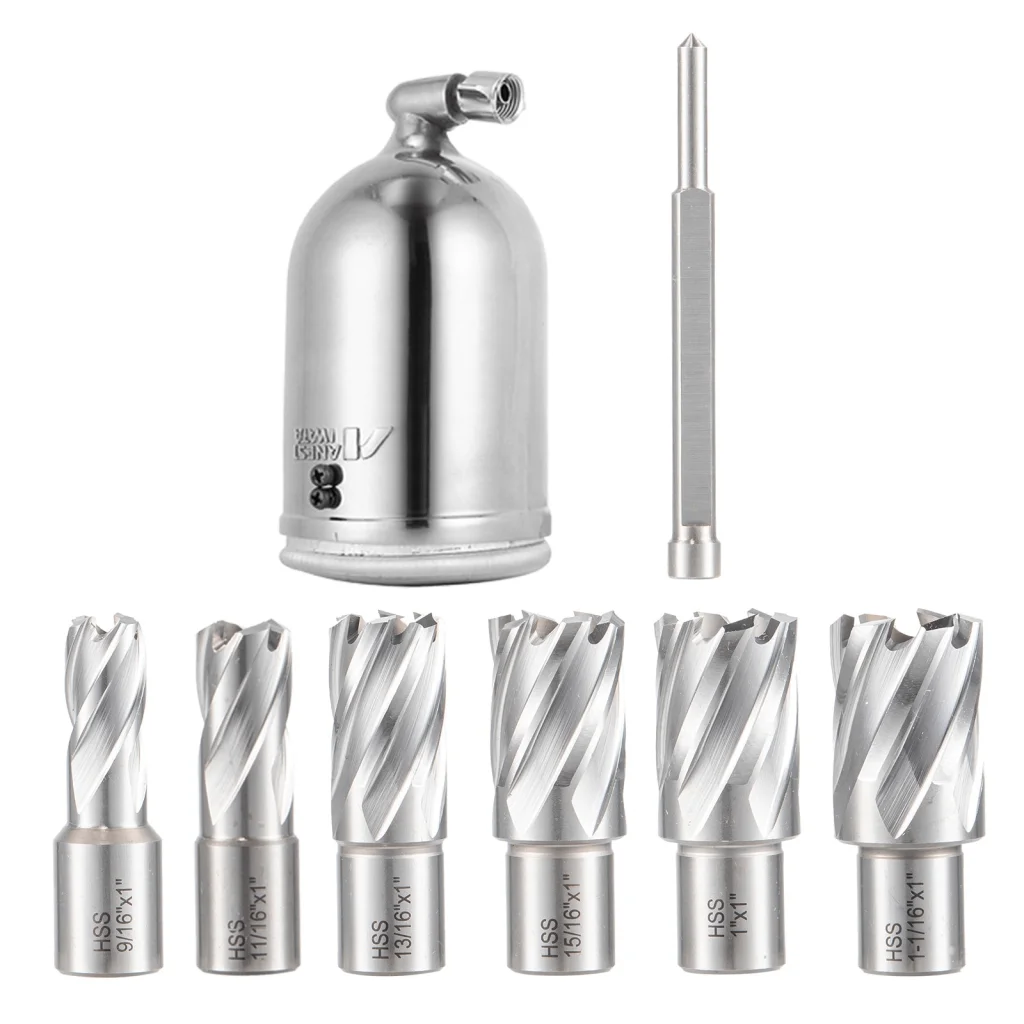
The Drill Chuck
The drill chuck is the piece of the drill that holds the drill bit in place, therefore making it quite an important component of the mag drill. There are two main types of drill chucks to consider, the keyed variety and the keyless variety.
Keyed chucks require a special key to loosen and tighten the chuck, and therefore to change the drill bits. This allows for a very secure and safe hold, but isn’t exactly quick as far as changing bits is concerned. We then have keyless chucks, which are much faster than keyed chucks, as they don’t require a key, but they also don’t hold the bit quite as securely.
Arbor Types
Three of the most common arbor types to consider include the 3/4-inch, 1-1/4-inch, and the morse taper, along with several others. Different arbors are compatible with different types of drill bits. Therefore, when choosing a mag drill to purchase, always consider what types of drill bits and accessories you might need.
Keeping Safety in Mind When Choosing a Mag Drill
Before you purchase a mag drill, there are some important safety features that they should come with, to provide you with the maximum level of safety and security.
The Emergency Stop
All good mag drills should come with an emergency stop button. In the event that something goes wrong, simply hit the stop button, and the machine will come to an instant halt.
Overload Protections
Any good mag drill worth its money should come with overload protection, a feature that prevents the motor from taking damage when it gets too hot. Some models even come with full-fledged cooling systems to prevent overheating.
A Guard
Every good mag drill should also feature a safety guard, otherwise known as a chip guard, designed to prevent metal shavings and debris from flying at you during the drilling process.
FAQ
How Do I Stay Safe When Using a Mag Drill?
Always make sure that you aren’t wearing any loose clothing, that the workspace is clean and free of clutter, and that you wear the appropriate safety gear, especially safety glasses.
Can Mag Drills Be Used on Non-Magnetic Materials?
Mag drills require a ferrous metal, which means that it contains iron (or other magnetic metals) for the magnetic component of the mag drill to be able to attach itself to the material being used. However, mag drills often have special adaptors that make them suitable for use with non-ferrous materials.
How to Maintain a Mag Drill?
Always make sure that the mag drill is cleaned after use, particularly the drill bit and check. Regularly check for signs of damage to the mechanical parts, the plug, and cord, and repair or replace as needed. Keeping moving parts lubricated is vital as well. Make sure that the mag drill is stored in a dry place that will prevent it from developing rust.
How to Choose Between the Three Types of Magnetic Drills?
If you need something that is ideal for indoor use and has plenty of power, then an electromagnetic drill is best, although pneumatic drills are better for wet or explosive situations. Hydraulic mag drills are really only used for industrial applications.
Conclusion
Now that you know everything there is to know about choosing your own mag drill, you should be able to choose the right one for your needs. Remember that VEVOR has some really excellent options for you to choose from!

